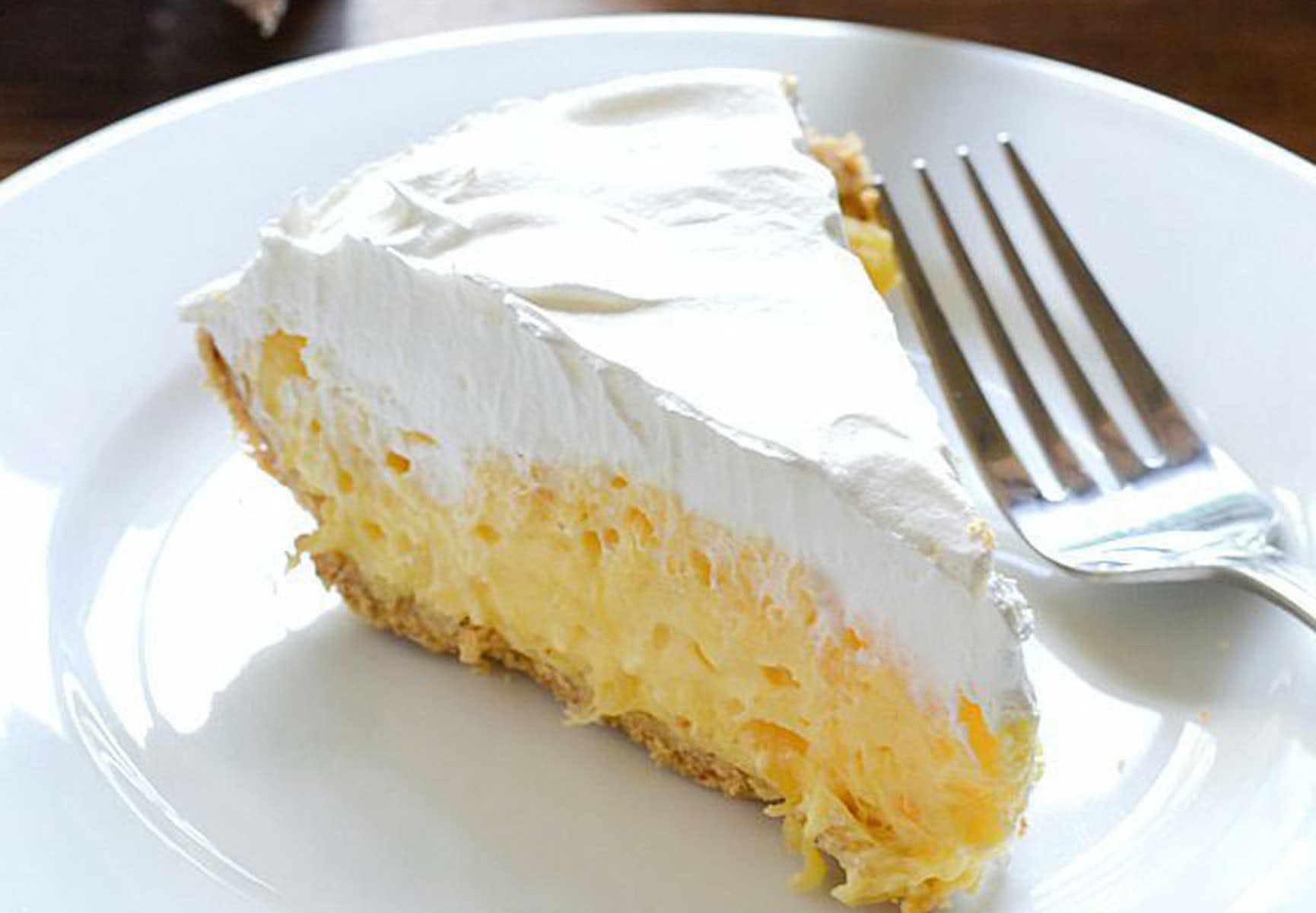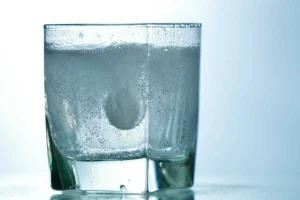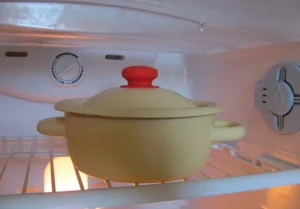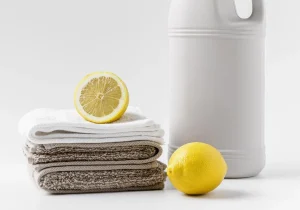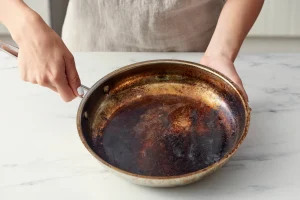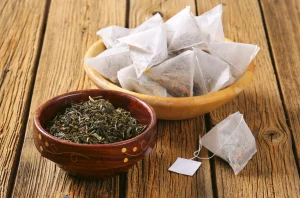Salt in a fully automatic coffee machine: what at first glance may seem like a bad idea, in some cases can actually make sense. Read about the thinking behind it here.
Many people probably already know this trick: instead of adding a lot of sugar to your coffee to soften it, you can add a pinch of salt. The sodium in the salt neutralizes the bitterness while enhancing the coffee’s flavor and natural sweetness. Sound familiar? Absolutely, because this principle works great with salted chocolate as well.
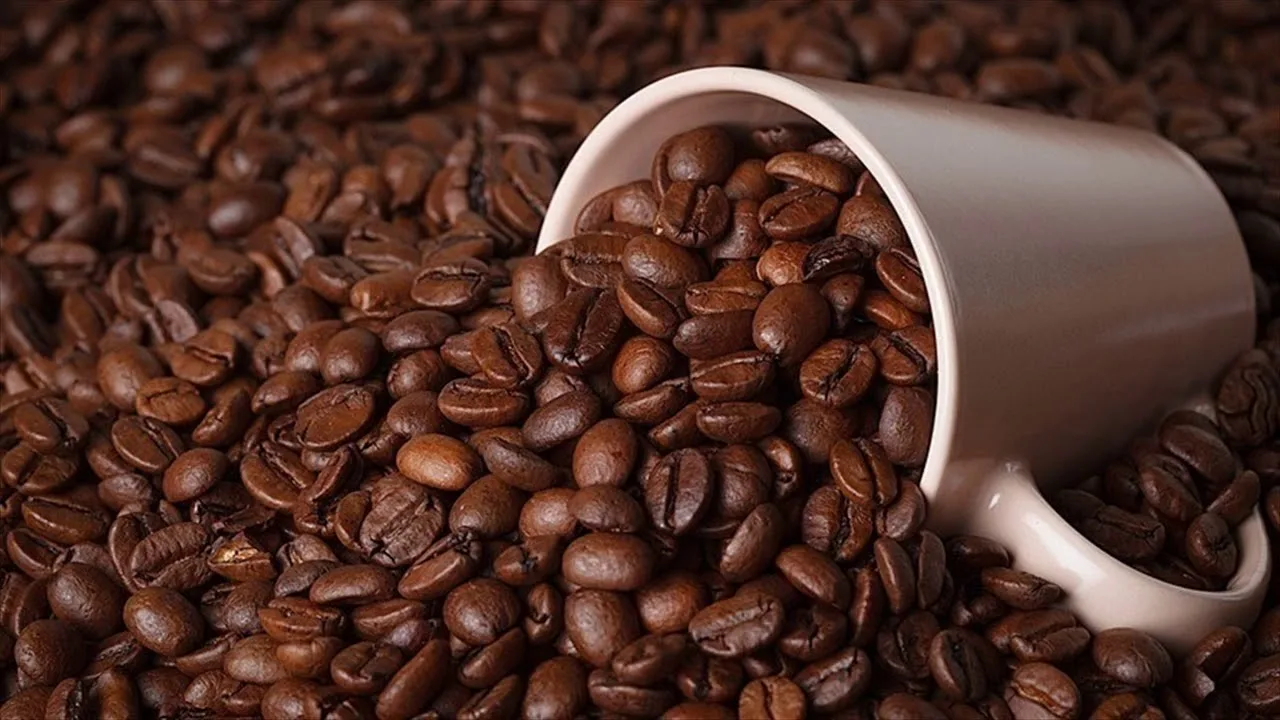
Another trick is to add salt directly to a fully automatic coffee machine, this also has a beneficial effect.
Salt in the coffee machine: what is the point?
Adding salt to the coffee grounds container can prevent the formation of mold in the coffee grounds and improve the hygiene of the entire machine. Salt crystals absorb excess moisture from the container, preventing the spread of harmful mold spores.
In addition, salt has a disinfecting effect, which further reduces the formation of germs. A pinch of salt will also help balance the flavor and reduce off-flavors if the water used has a high mineral content.
Is there a catch to this trick?
The trick is actually quite effective and does not have any significant catch. However, there are a few things to keep in mind:
- It’s all about quantity: to prevent mold growth, you should add at least one to two tablespoons of salt to a container of coffee grounds. Although salt is a relatively inexpensive product, this trick can be costly in the long run as money is literally thrown in the garbage.
- Goodbye fertilizer: for some people, coffee grounds serve as a great fertilizer for plants in need of care. Unfortunately, this can no longer be done with the salt it contains, as salt can salinate the soil and thus inhibit growth.
- Risk of corrosion: salt can have a corrosive effect if it comes into regular contact with metal parts of the unit. Components may be damaged, especially on older or incompletely sealed machines.
- Deterioration of the taste: if too much salt is used or if it accidentally gets into the coffee, the taste may be adversely affected. An overdose is possible, as only a little salt is needed.
- Regular emptying is necessary: if the layer of coffee grounds is too thick, the salt trick won’t help either. At least at the top, the coffee grounds will still mold at the top, so the job will only be done for a while.
Tips for reusing coffee grounds
Coffee grounds are a versatile waste product that can be used effectively in many areas of the home, garden and grooming. Here are some of the best uses:
Using coffee grounds without salt:
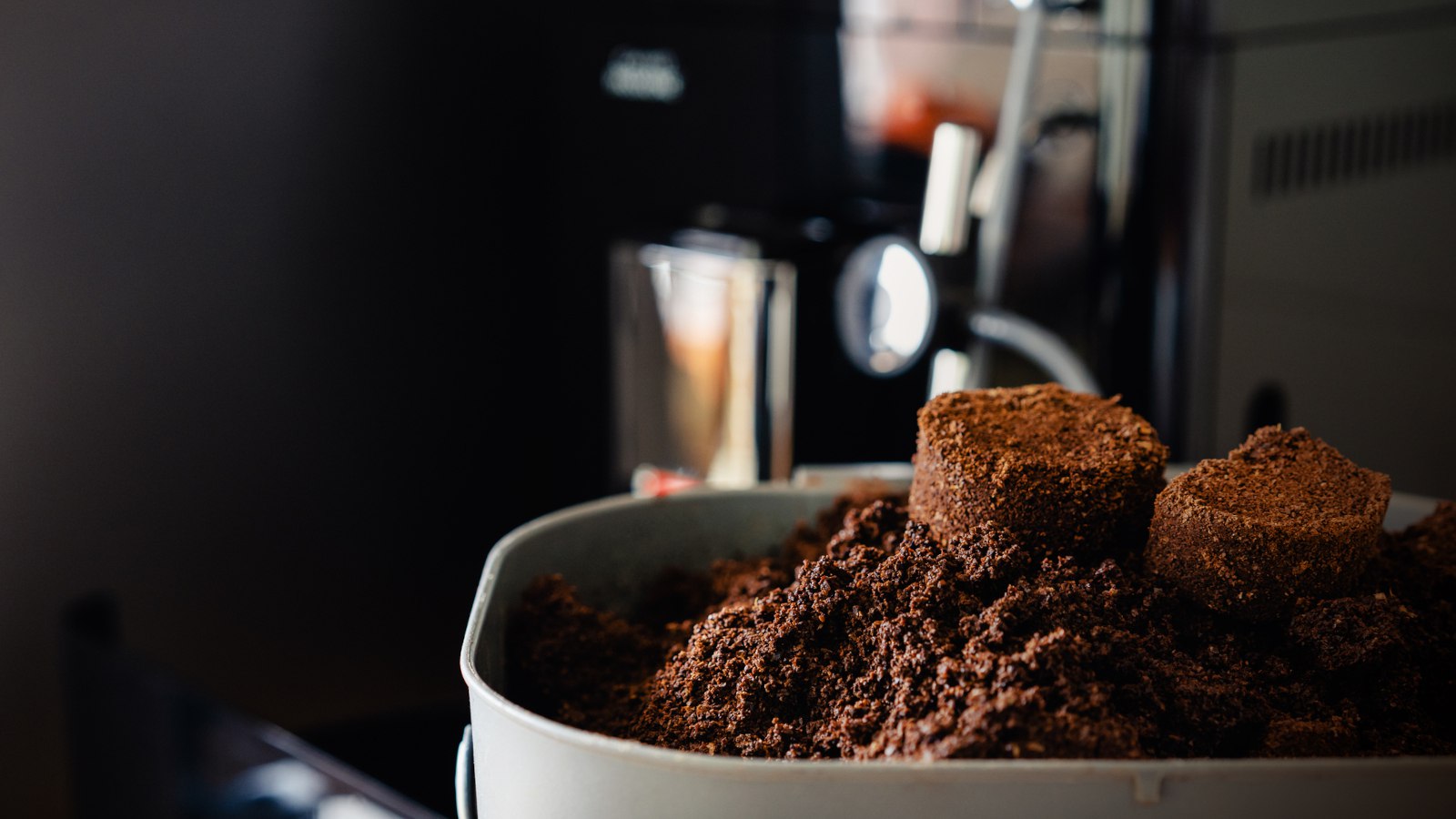
- Fertilizer: Coffee grounds contain nitrogen, potassium, and phosphorus that promote plant growth. Simply incorporate it into the soil or add it to your compost.
- Pest control: snails and ants don’t like the smell. To deter them, sprinkle coffee grounds around your plants or beds.
- Soil improver: coffee grounds loosen the soil and increase the humus content. It is especially suitable for acidic soils.
- Hair care: When applied to damphair, coffee grounds help remove styling product residue and add shine.
- Composting gas pedal: Coffee grounds stimulate the activity of microorganisms and thus accelerate composting.
- Worm food: Earthworms love coffee grounds and prefer them as a source of nutrients in compost piles.
Use coffee grounds, also with salt:
- Peeling: The fine texture of coffee grounds makes it an ideal natural exfoliant. Simply mix it with oil or shower gel and gently massage into the skin. In small amounts, the salt in coffee grounds is not harmful and can even have an antibacterial effect. However, be sure to rinse the coffee grounds thoroughly as the salt can dry out the skin.
- Neutralizing odors: coffee grounds binds odors. Put it in open containers in the refrigerator or in your shoes to eliminate unpleasant odors. In this case, salty coffee grounds in the house are not a problem – it may even have additional odor-binding properties.
- Cleaning agent: salted coffee grounds will also work here. Salt can be useful as an additional abrasive, especially for removing burnt-on residue.
- Making candles with your own hands: coffee grounds can be used as a decorative element in homemade candles. Salt is not a problem here.



